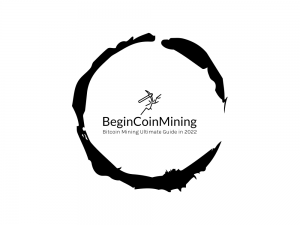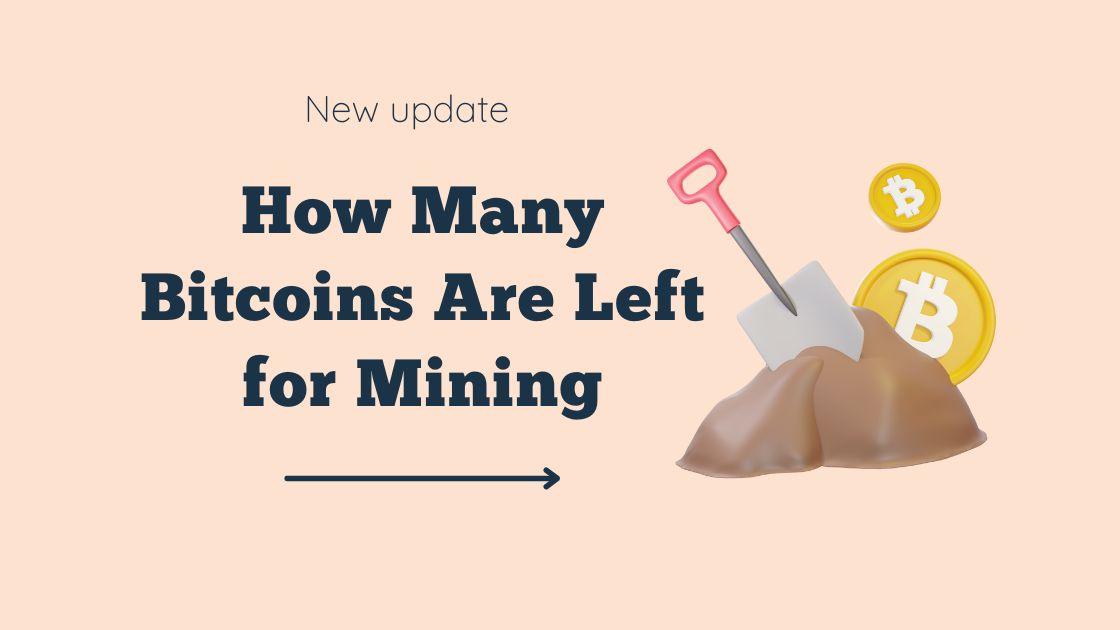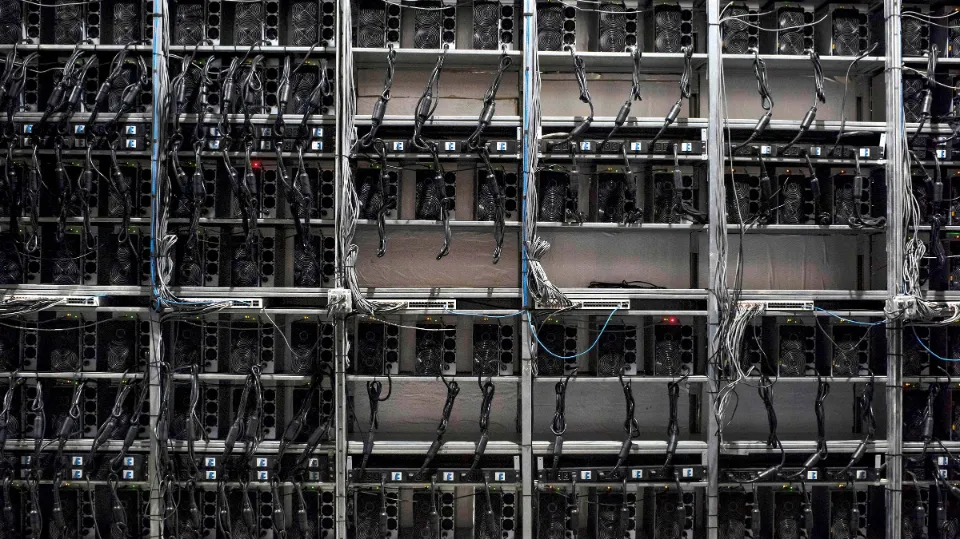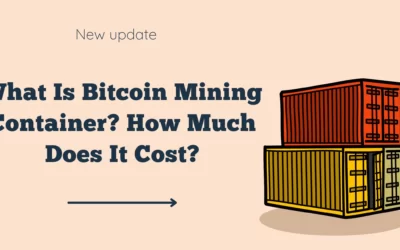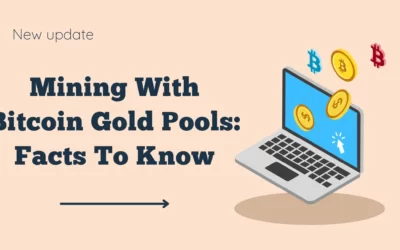Learn how many bitcoins are left for mining, and the concept of bitcoin mining limited supply to better carry out your bitcoin mining plan.
The bitcoin blockchain set the upper limit of 21 million Bitcoins, implying that no more can be mined or circulated. The system design reduces the number of new bitcoins in each block by half every four years. There are only about 1.7 million bitcoins left to mine and almost 19 million bitcoins have been mined as of December 2022. Experts predict that the last bitcoins will be mined by 2140.
One of the most important aspects of Bitcoin is the idea of limited supply, but beginners may find it difficult to understand. So, let’s examine the specifics of Bitcoin’s limited supply feature as well as some fundamental Bitcoin mining knowledge.
Why Does Bitcoin Have Limited Supply?
Why then are there only 21 million bitcoins available? For Bitcoin to serve as a system of exchange, its supply is restricted or capped. Scarcity is achieved by the limited supply. The other characteristics of money are:
- Acceptability — use as a medium of exchange
- Durability — the ability to withstand pressure, stress or damage over time
- Divisibility — the ability to be split into smaller and larger units
- Fungibility — the ability to be exchanged for goods of equal value
- Portability — ease of movement and storage
With the help of crypto mining and a proof-of-work consensus mechanism, Bitcoin’s intelligent design achieves limited supply.
Will There be No Bitcoin Left to Mine
It is not anticipated that there will be 21 million bitcoins issued in total. This is due to the fact that the Bitcoin network makes use of bit-shift operators, which are mathematical operations that round some decimal points down to the nearest smallest integer.
This rounding down could happen when the new reward is calculated after dividing the block reward for creating a new Bitcoin block in half. With one satoshi equaling 0.00000001 bitcoins, this reward can be expressed in satoshis. It is impossible to divide a satoshi in half because it is the smallest unit of measurement in the Bitcoin network. The Bitcoin blockchain, when tasked with splitting a satoshi in half to calculate a new reward amount, is programmed—using bit-shift operators—to round down to the nearest whole integer.3 The total number of bitcoins issued is probably going to be a little under 21 million due to the systematic rounding down of Bitcoin block rewards, in fractions of satoshis.
It is anticipated that the final bitcoin won’t be created until the year 2140 because the number of new bitcoins issued per block is currently decreasing by half roughly every four years. At the time Bitcoin was created, 50 new bitcoins were created per block. As of May 2020, this number has dropped to 6.25.
The number of bitcoins that can be created is limited to a maximum of 21 million, but it’s very likely that there are far fewer of them in circulation today. Owners of bitcoins may lose access to their funds for a variety of reasons, including misplacing the private keys to their bitcoin wallets or dying without disclosing the password to their wallet. Up to 20% of the Bitcoin that has already been issued, according to a study released in June 2020 by the crypto forensics company Chainalysis, may be lost forever.
What Happens When 21 Million Bitcoins Mining Completes?

When the maximum number of bitcoins has been reached, even if it is just under 21 million, no more will be created. Bitcoin miners will still be paid, albeit most likely just with transaction processing fees, and Bitcoin transactions will continue to be pooled and processed into blocks.
When Bitcoin reaches its upper supply limit, miners are expected to experience some sort of impact, but how much will depend on how Bitcoin develops as a cryptocurrency. For instance, Bitcoin miners might still be able to make money only from transaction processing fees if the Bitcoin blockchain processes a lot of transactions in 2140.
Miners can still make money in 2140 even with low transaction volumes and the elimination of block rewards. Only if Bitcoin is primarily used as a store of value rather than for everyday transactions is this possible. Miners can charge hefty transaction fees to process big-value transactions or vast batches of transactions, with more efficient “layer 2” blockchains like the Bitcoin daily spending is aided by the Lightning Network.
However, if Bitcoin mining becomes unprofitable in the absence of block rewards, the following undesirable consequences may occur:
- In an effort to control mining resources and demand higher transaction fees, miners may form cartels.
- Selfish mining happens when miners cooperate to conceal brand-new valid blocks, release them as orphan blocks that the Bitcoin network has not yet confirmed, and then claim credit for them. This approach can prolong the time it takes to process a block while ensuring that new blocks are eventually issued to the blockchain at a high cost.
The Bottom Line: Bitcoin Ecosystem Will Continue to Evolve
There are only about 1.7 million bitcoins left to mine and almost 19 million bitcoins have been mined as of The last bitcoins will be mined by the year 2140, according to experts, so December 2022.
Will Bitcoin behave like cash or gold bars in the year 2140? It is still possible, if not likely, that the Bitcoin ecosystem will continue to grow over the ensuing decades. Whatever its future developments, there will be a 21 million coin cap on the supply of bitcoins. The majority of the effects of reaching this supply limit are probably going to be felt by Bitcoin miners, but it’s also possible that Bitcoin investors could suffer adverse effects.
FAQs
What is the Benefit of This Onerous Restriction for Bitcoin?
It’s just fundamental economics. Even though this depends on demand, a product’s rarity increases with price. Because there are only 21 million Bitcoins, speculators predict the virtual currency’s value will climb as more people become aware of its “store-of-value” potential. As a result of its constrained supply and growing demand, Bitcoin’s value has increased.
The “fiat” money provided by governments around the world, on the other hand, has no strict limits. Governments are free to print as many dollars or rupees as they like, but they typically don’t do so beyond a certain point to prevent uncontrollable inflation.
How Long Does It Take to Mine One Bitcoin?
The amount of the block reward, or how many new Bitcoins are given to crypto miners in exchange for creating a new Bitcoin block, determines how long it takes to mine one Bitcoin. Currently, the block reward is 6.25 bitcoins, and a new block is generated every 10 minutes or so. On average, a new bitcoin is created every 1.6 minutes.
Read more: How Long Does It Take to Mine 1 Bitcoin
What Happens to Mining Fees When Bitcoin’s Supply Limit is Reached?
When there are 21 million bitcoins available, mining fees will end. Instead of a mix of block rewards and transaction fees, miners will most likely only make money from processing transaction fees.
Is the Amount of Bitcoin Fixed?
Unless the stakeholders decide to change it, the total supply of Bitcoins and the maximum number of Bitcoins available for mining are fixed. The creation of the digital currency by Satoshi Nakamoto was an open-source undertaking. If stakeholders decide to change the code and raise the Bitcoin limit, it is possible if the majority agrees, for those concerned about what will happen when all Bitcoins have been mined and the impact it could have. Despite the motivation to do so, it is highly uncertain and controversial how such a change might actually affect things.
